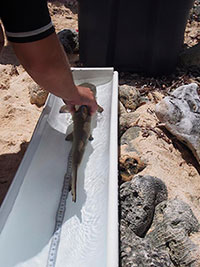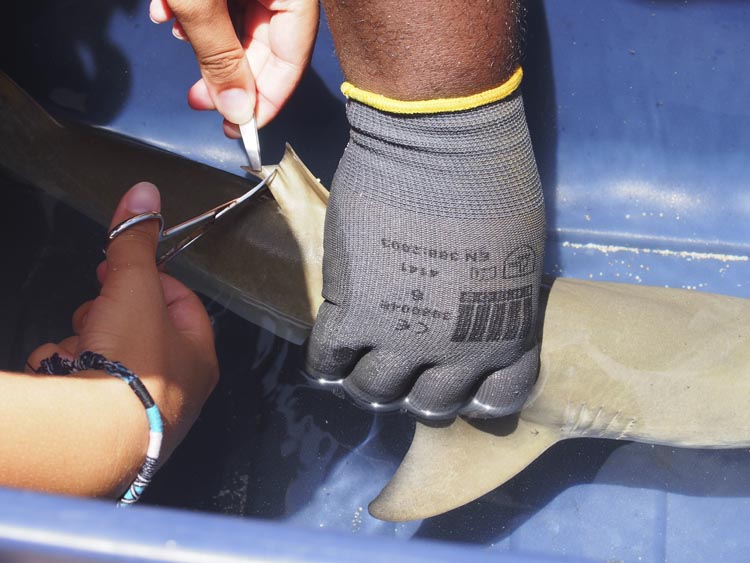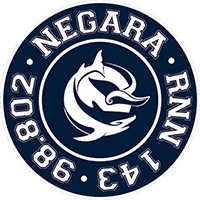People are generally scared of sharks. And Saint- Martin is no exception, even although no accident has ever been reported here. However, myth is stronger than reality, especially since the series of shark attacks in Reunion. In order to understand this great cartilaginous fish better and to educate the public with accurate information, the Nature Reserve launched project Negara, as in Negaprion. This is the scientific name for the lemon shark, a species that is commonly found along the beaches and that is most in contact with swimmers. This project was selected by Ifrecor, who financed most of it, and the Reserve provided the service of their human and logistical resources. The mission took place in July with the collaboration of Océane Beaufort, a scientist enriched by the first study she did on the reproductive systems of lemon sharks in Petite-Terre Nature Reserve, and in charge of a shark monitoring network for the association KapNatirel (online at www.reguar.org). Young sharks spend their first two or three years close to the shores to protect themselves against their predators. The mission consisted of locating, luring and then capturing several specimens with the help of a barbless hook. Twelve lemon sharks no bigger than 80 centimeters in length were weighed and measured, and had a skin sample taken to analyze their DNA and to possibly learn more about their origins. Each shark was tagged in the dorsal fin with a numerical and color-coded tag, corresponding to a given site, before being released back into the sea. The data is currently being processed and a report will be published before the end of this year 2014.
If this study was extended across to other islands it would help improve the knowledge about the behavior of the adults of this species, as almost nothing is known at this time. After this first study on our island, Océane Beaufort noted that the lemon shark population in Saint- Martin is higher than in Petite-Terre, in Guadeloupe, and the same goes for certain other species as well, such as reef sharks and nurse sharks.



















